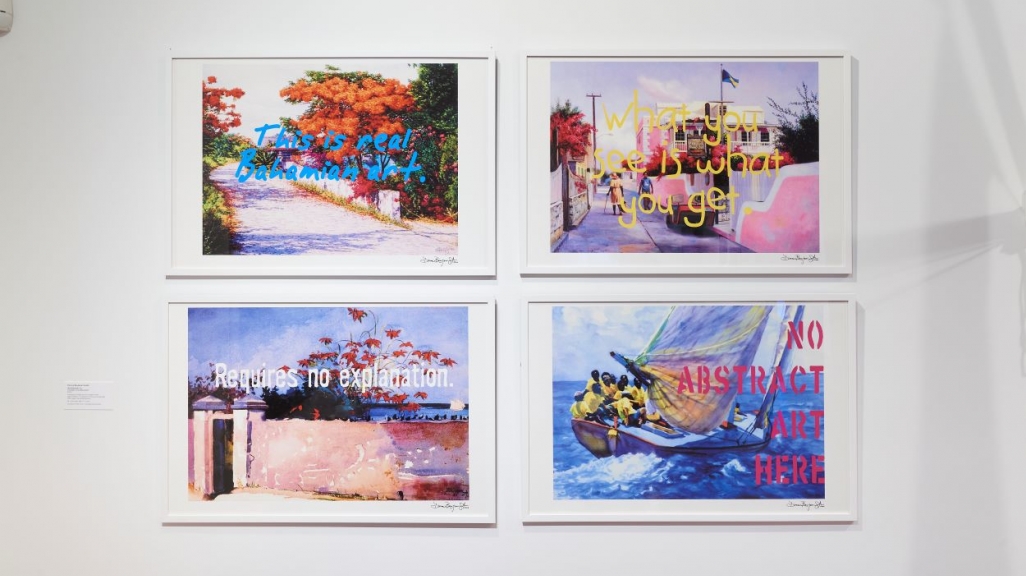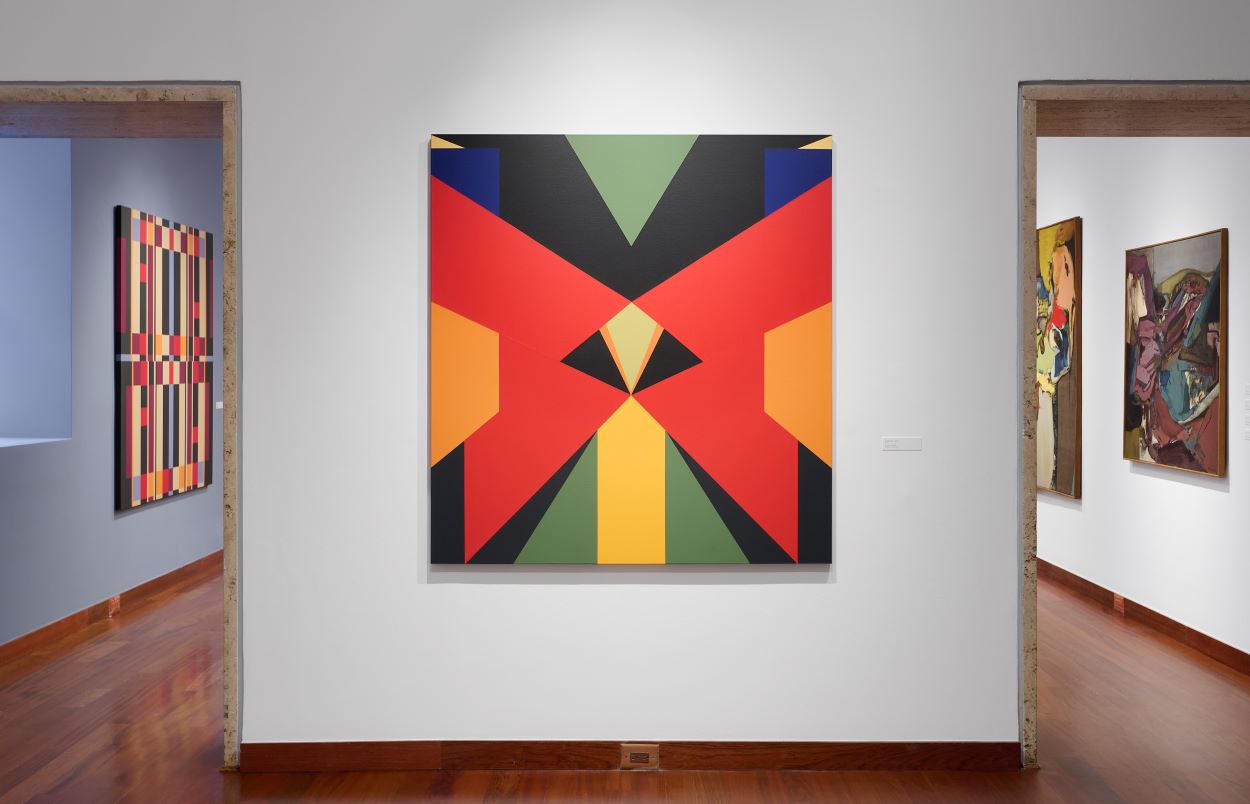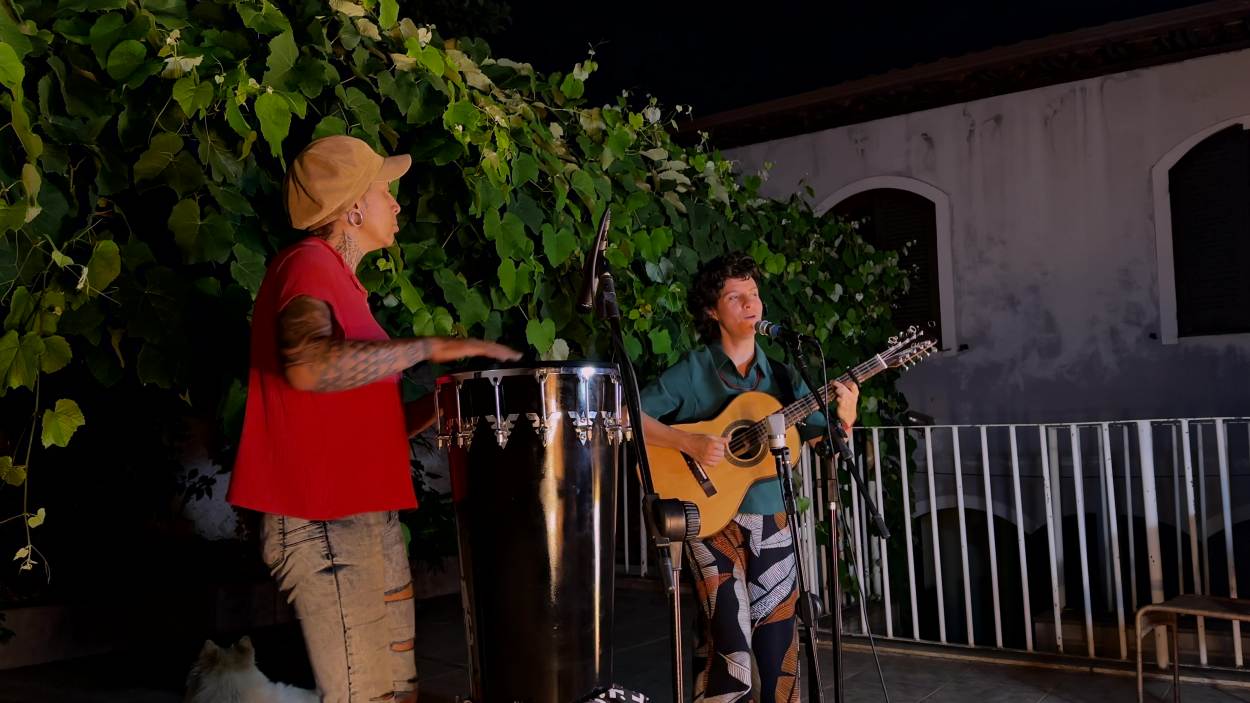Hyperallergic Reviews Tropical Is Political
Hyperallergic Reviews Tropical Is Political
"The artists invite viewers to…think of a decolonized Caribbean today," writes Sebastián Meltz-Collazo on Americas Society's current exhibition.
Presented at the Americas Society, Tropical Is Political: Caribbean Art Under the Visitor Economy Regime investigates ideas of paradise as imagined and undertaken by those who engage with lands foreign to them. The exhibition approaches the Caribbean region as a product of the visitor economy regime, subject to a set of particular structural circumstances. Founded on three main focal points—the body, territory, and finance—the variety of paintings, photographs, sculptures, videos, and installations show how these dynamics have evolved from the roots of plantation slavery to service industries, and continue to shape the identities of those who live in the region.
In “Manos invisibles (Invisible Hands)” (2014), Donna Conlon and Jonathan Harker employ video to analyze the symbolic character of money and related power structures within a corrupt system using Panama’s Balboa, a currency coined only once in 2011, intended to be equal in value to the US dollar. A pair of hands performs magic tricks, making the coins appear and disappear, while another set of hands claps. Balboas are washed (or laundered), accounted and signed for, while the hands’ gestures convey the borrowing and pocketing of money. The currency proves to be a spectacle fabricated for the approval and intentions of outsiders’ eyes—the eyes of those in power, hidden in obscurity as they play their game in search of fiscal paradise at the expense of natives’ livelihood.
When we consider the idealized images propagated by the tourism industry (think quintessential postcard of a pristine beach), and the dark intentions of capital at work behind the scenes, these forces submit the Caribbean body into a position of servitude in its own land. In Joiri Minaya’s video work, “Labadee” (2017), the artist narrates parts of her cruise trip as she visits the (officially named) Royal Caribbean Labadee Beach in Haiti. She walks us across the swimming tourists, past the gift shops, and arrives at a fence closing off the beach. On the other side of this division, we see the realities of hardship and misery suffered, as a result of these power dynamics, by those trying to offer entertainment to the island’s guests. Within Western capitalist society, paradise is considered a luxury to free oneself from the burden of work, dictating that such places can only be enjoyed for a limited time and experienced at a distance. Just like the walls surrounding hotel compounds, this fence protects and legitimizes the ownership of this idealized paradise, for the enjoyment of those who can afford it. […]
This exhibition featured works by 19 contemporary artists from the Caribbean and their diasporas.










